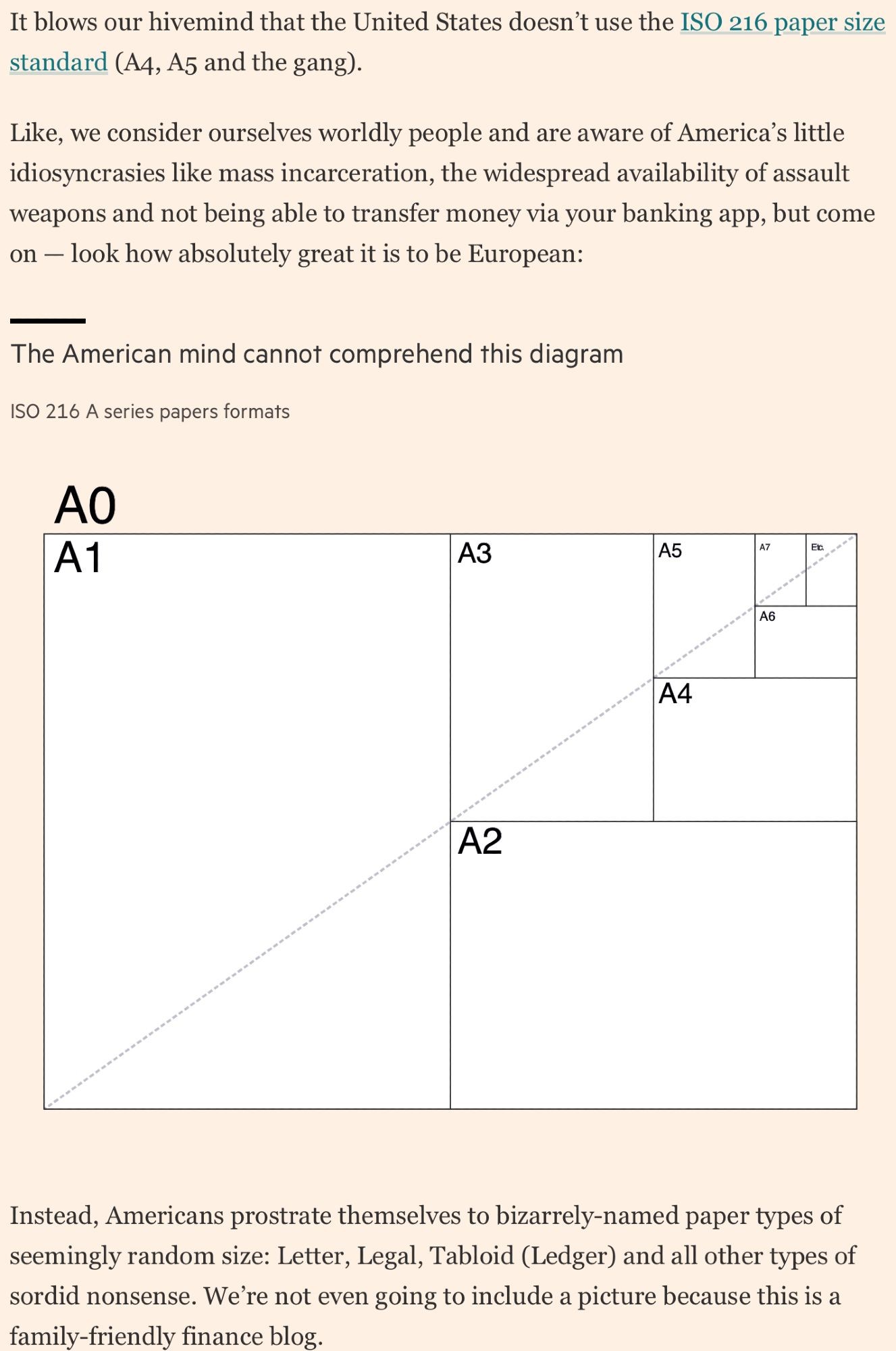this post was submitted on 28 May 2024
1069 points (99.7% liked)
196
17966 readers
534 users here now
Be sure to follow the rule before you head out.
Rule: You must post before you leave.
Other rules
Behavior rules:
- No bigotry (transphobia, racism, etc…)
- No genocide denial
- No support for authoritarian behaviour (incl. Tankies)
- No namecalling
- Accounts from lemmygrad.ml, threads.net, or hexbear.net are held to higher standards
- Other things seen as cleary bad
Posting rules:
- No AI generated content (DALL-E etc…)
- No advertisements
- No gore / violence
- Mutual aid posts are not allowed
NSFW: NSFW content is permitted but it must be tagged and have content warnings. Anything that doesn't adhere to this will be removed. Content warnings should be added like: [penis], [explicit description of sex]. Non-sexualized breasts of any gender are not considered inappropriate and therefore do not need to be blurred/tagged.
If you have any questions, feel free to contact us on our matrix channel or email.
Other 196's:
founded 2 years ago
MODERATORS
you are viewing a single comment's thread
view the rest of the comments
view the rest of the comments

Yes, yes we DO use the metric system officially. In the early 1970's the metric system was made the official standard for weights and measures.
What we didn't do was force everyone to use it at 3:11AM 11/21/1974. It was decided to take a longer approach and let the change happen naturally and it has happened.
Everything in the grocery store is marked with metric weights and volumes. We buy butter by the gram, soda pop by the liter and whisk(e)y buy the milliliter. And everyone is looking for that same missing 10mm socket/wrench. (Where does do those things go anyway?)
How much more metric do we really need to adopt?
Well, milk is still sold by the gallon, butter is still divided into tablespoons, nutrition facts are still defaulted to cups and ounces. Wood is still sold by the foot or yard, cars still measure speed in miles per gallon, people still know their height and weight in feet and inches and pounds.
Could be worse but could be a lot better, too.
The gallon of milk makes it incredibly easy to divide it into quarters. That makes it easy to simply double things - 2 pints = 1 quart. 2 quarts = 1/2 gallon. Two 1/2 gallons makes 1 gallon. This dates back to the days when you went to the market and told the seller that you want 1/2 or 1/4 of that container of whatever was in that container. Simple math for simple needs.
Your 1/4 of a pound of butter or one stick, (again simple divisions for a simple use), is marked with rough marks of tablespoons for cooking if you are using such measurements. But you are quite free to ignore them if you are using a scale. Not really any issue.
Yes, in the US travel distances are measured in miles. But that slowly becoming meaningless also. People, (no matter the units used to measure the psychical distance), care more about "how long does it take to get there" rather than the actual distance traveled. But, you are free to push a button and switch to kilometers if you choose.
Measuring height and weight in feet and inches and pounds is pretty much the only thing the medical system uses US Customary for. And I can't imagine the sheer number of man hours and cost it would take to go back and convert all those medical records to centimeters and kilos. Somethings are just not worth the effort and cost for a minor data point that only matters only as a long term trend. (just like a single blood pressure is a meaningless data point but over a year may reveal a trend or not)
Each measurement system, US Customary or Metric, has it's own advantages and disadvantages. To think one is better than the other is a chauvinism based on what you are most familiar with and nothing more.
I mean, a liter is very close to a quart, so it's not like we'd be asking people to adjust their mindset completely. And ditching US measures means we could finally, once and for all, dispense with the nonsense of having a dry and a wet "cup" measure.
As for converting records, well, it would be trivial to display a converted value in whatever EMR system a practice uses while noting the values are converted and allowing display of the uncoverted data for validation. (Which brings us to the EMR discussion.)